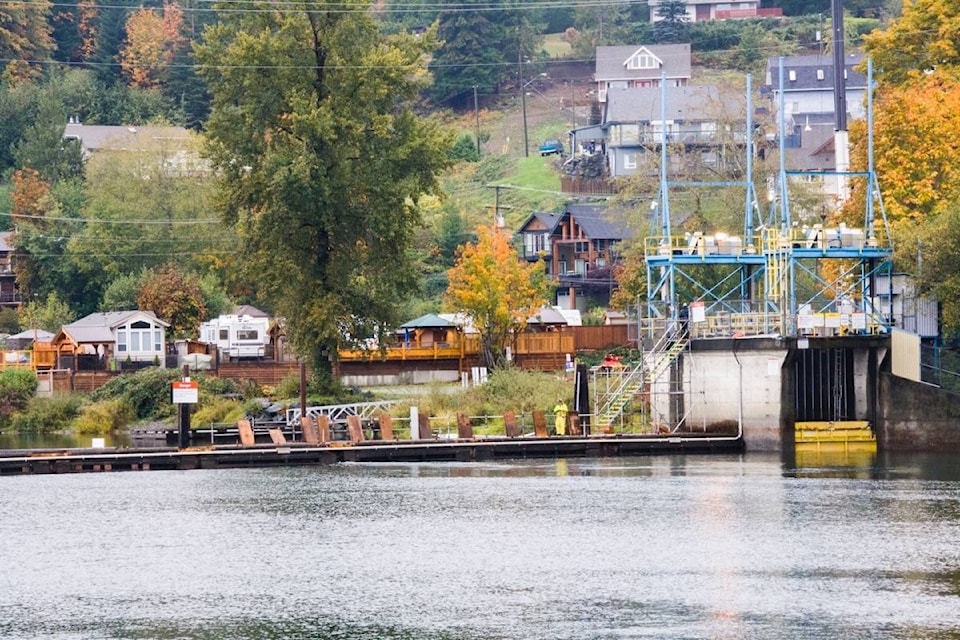Catalyst held an open house in Lake Cowichan on Nov. 15 to give Cowichan Lake folks the chance to learn about the company’s re-application to pump water from the lake into the river.
They had a permit for two years and now are applying for a new one.
Graham Kissack, Catalyst’s vice-president of corporate social responsibility, said it was important to be clear about the subject of the session.
“We’re talking tonight about our 10-year application to be able to pump the lake into the river in a drought situation when we are nearing zero storage.
“There is a separate process going on and that is the development of a water use plan. They had a meeting for that at Youbou about three weeks ago. It was the first of four meetings. The water use plan will provide useful information to Catalyst as well as other stakeholders, because it will establish how much water should be stored in the lake and how much “can be rationed out,” he said.
“If people have more interest in that bigger, more holistic issue, I would suggest they take a look at www.cowichanwup.ca If you go to that site, you can actually sign up for email information and there is material about the initial presentation.”
“Tonight is about our 10-year pump-out application, not about the bigger, over-arching process that is just now getting underway,” he concluded.
Catalyst’s Crofton Mill manager Harold Norlund explained, “We’ve had a permit in place from two years ago. That was when we did a similar process. The application at that time was for two years and was so that we could put pumps in during drought years. In 2016, we actually put those pumps in because we all thought we were going to run out of water.”
That exercise, though costly, was worthwhile, he said.
“What it told us [was] that we could do it. We could actually hold the river at 4.5 cm/s. And it was quite amazing that the pumps didn’t stir up silt.”
Another problem was how to do the pumping relatively quietly.
“When we applied for the permit at that time, we knew we needed power and we would be looking at a generator but we all realized that in Lake Cowichan people live right next door. We put in a transformer so we could run it with electricity, and there were speeches that day, when they started it up, and you could hear them really well because it was so quiet.
“But, on the other hand, do we want to do this? ” Norlund asked. “This is not what we want to do. There are better solutions to control water than this but we are in this situation now.”
lexi.bainas@cowichanvalleycitizen.com
Like us on Facebook and follow us on Twitter
